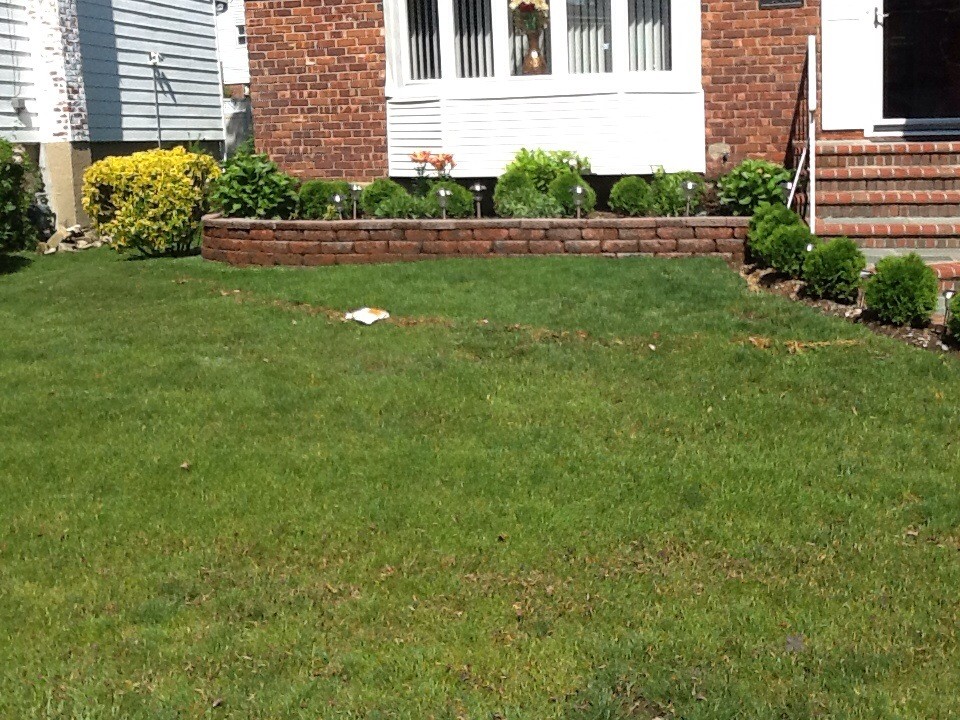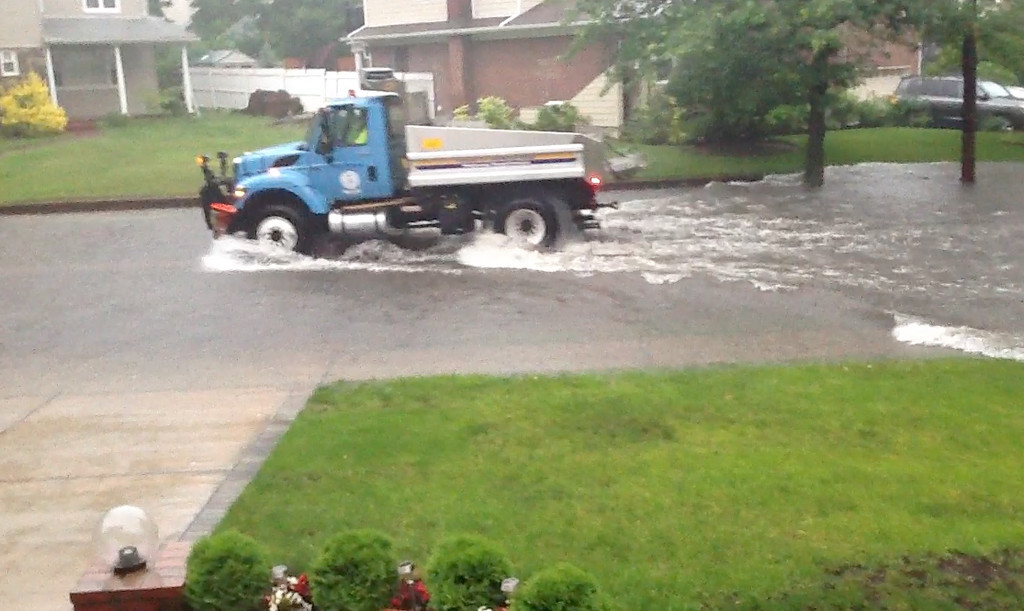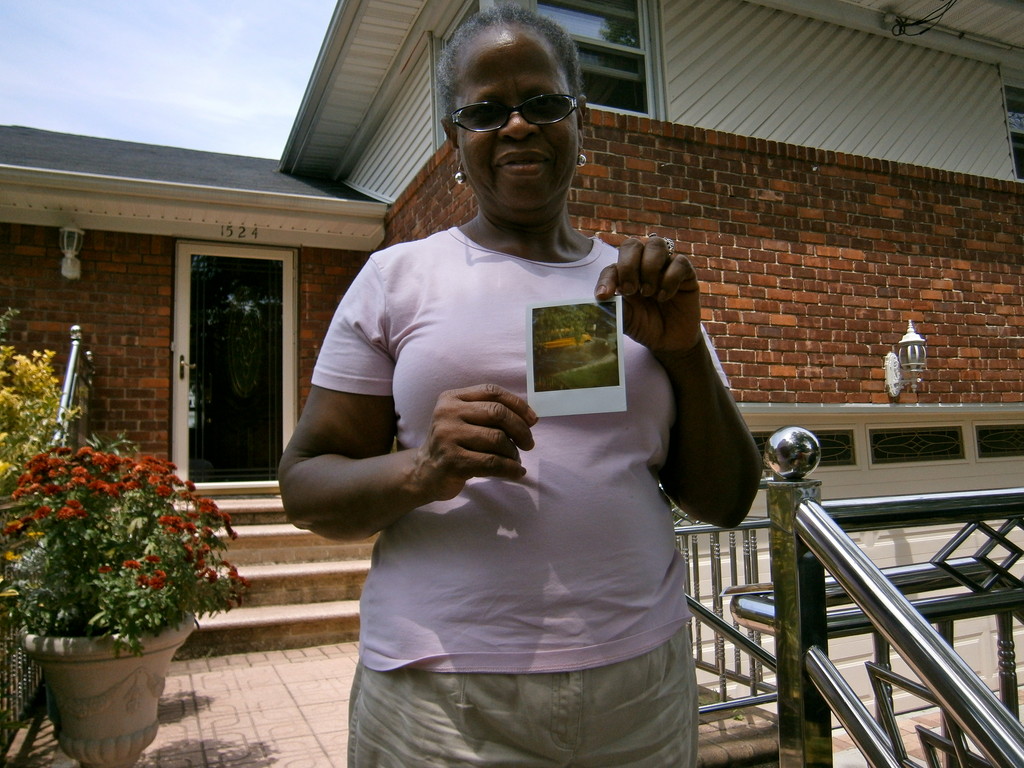Come high water
Civic Oaks meeting addresses flooding on Woodside Avenue
In the four years that Charles Dickens has lived on Woodside Avenue, he has had to deal with two major floods. The first time, he wasn’t prepared. Having been told that his home was not in a flood zone, he had no flood insurance, and his homeowner’s policy did not cover the damage to his den and basement. He had to replace the carpet and furniture and restore the walls in both rooms.
Since then, Dickens has tried to mitigate the effects of future floods. He bought flood insurance, and replaced his garage door in the hope of keeping water out. But on June 25, another storm flooded Woodside Avenue, and the Dickens home.
The heavy storm once again left behind several inches of water in the den and basement. Dickens decided to rip up the carpet for good this time, and stoically replaced his furniture and repaired his walls. He estimates that the two storms cost him about $18,000.
Now he is at the breaking point. “I took the last one on the chin,” Dickens said. “Not this time.”
He spoke to Baldwin Oaks Civic Association President Jacqueline Bell about the ongoing problem and the organization met to discuss the issue. Bell didn’t realize the severity of the situation at first, but she had seen the damage a storm could cause on Woodside Avenue. Driving along the street a few years ago, she recalled, she noticed water filling an open garage.
“When [Dickens] brought it to my attention, I remembered that incident,” Bell said. “He didn’t have to describe it to me — I knew what he was talking about.”
Woodside floods because it is at a low point, and takes the overflow from neighboring Grand and Centennial avenues. The problem is exacerbated when cars traverse those busy byways during a storm, because they push additional water onto Woodside. Some homes lining the street are elevated and avoid being damaged, but water also flows down the driveways and sloped lawns of those homes, which only aggravates the problem for low-lying houses like the Dickenses’.
Maureen Rice, who lives two houses away, has seen countless floods ravage her street in the 11 years she has lived there. In 2005, a school bus got stuck when its driver tried to drive on Woodside, and it had to power its way out. Not long ago, Rice’s husband dug a foot-deep hole in their neighbor’s lawn when he tried to drive their car off the lawn after the water dragged the vehicle off the street.
Rice has avoided major damage to her house by removing her belongings. She said she leaves her garage and basement empty because she knows they’re at risk of being flooded any time there’s a storm.
She has also requested help from the police during particularly bad storms. Officers have previously blocked off the intersection of Woodside and Grand avenues, preventing cars from driving on the street and sending water cascading down onto lawns and into houses. “When people drive by,” she said, “they create a tidal wave.”
But Woodside Avenue residents don’t consider blocked-off streets and empty basements and garages effective solutions. They say that adding more storm drains and improving the effectiveness of existing ones would permanently alleviate flooding.
The Civic Oaks was planning a meeting with Town of Hempstead and Nassau County officials on July 13 to propose these very measures. Bell predicted that entities from both the town and county would set a course of action and follow through.
“The meeting will hopefully tell us what, exactly, has to be done, and then we can decide on time frames,” she said.
In a statement, the Town of Hempstead said it had sent staff to clean the storm drains in early June, and that two new drains would be added at the intersection of Woodside and Schuman avenues this fall. The town also planned to work closely with the county, since Grand Avenue is a county road.
Until the new drains are installed, however, Woodside Avenue residents will continue to battle the elements. While hopeful about the future, Dickens, for the time being, is afraid to leave his home unattended for a summer vacation. “If we go away,” he said, “we might come back to a molded, flooded house.” He added that he is looking forward to the day when he can shut his garage behind him and know it will be dry when he gets back.

 61.0°,
Mostly Cloudy
61.0°,
Mostly Cloudy 









